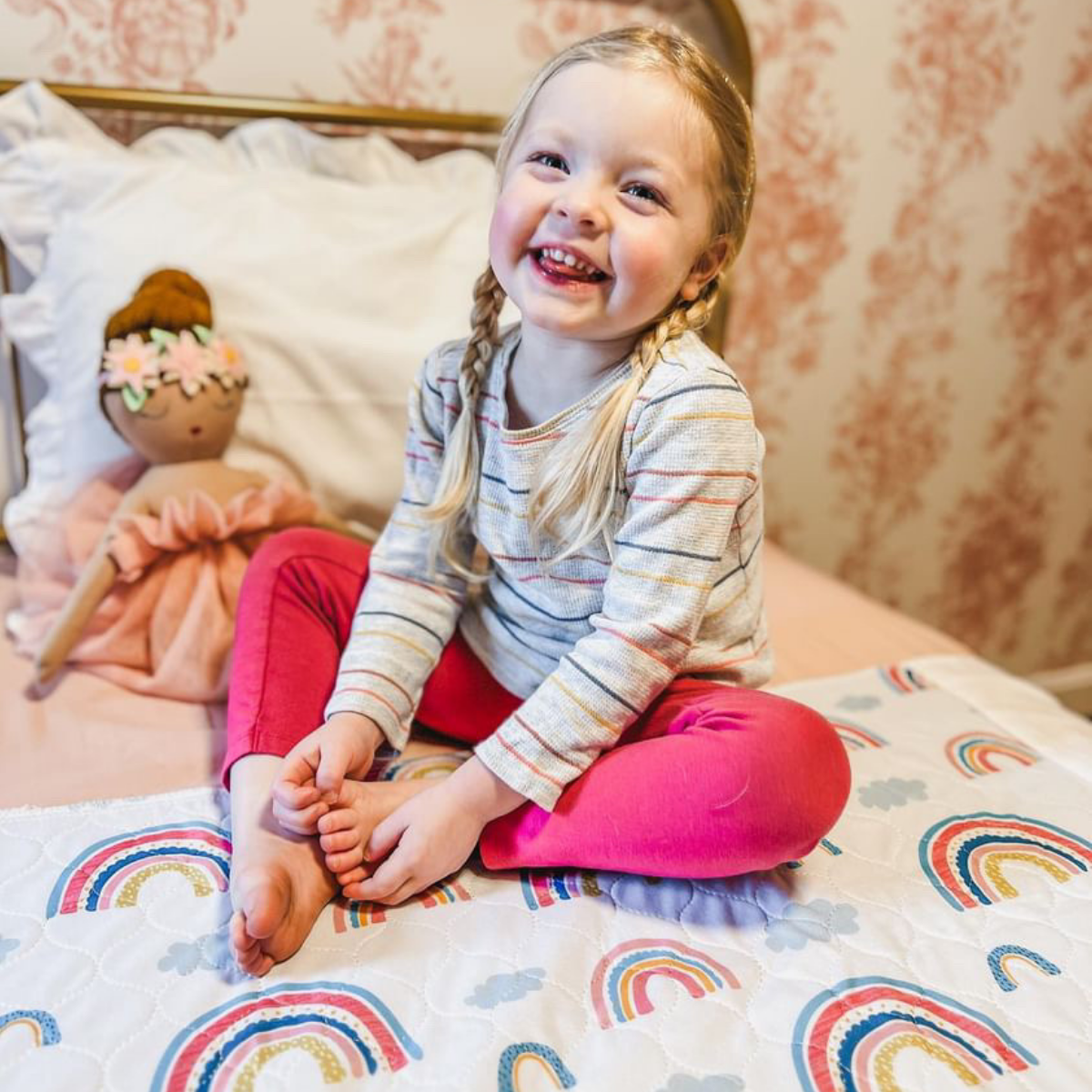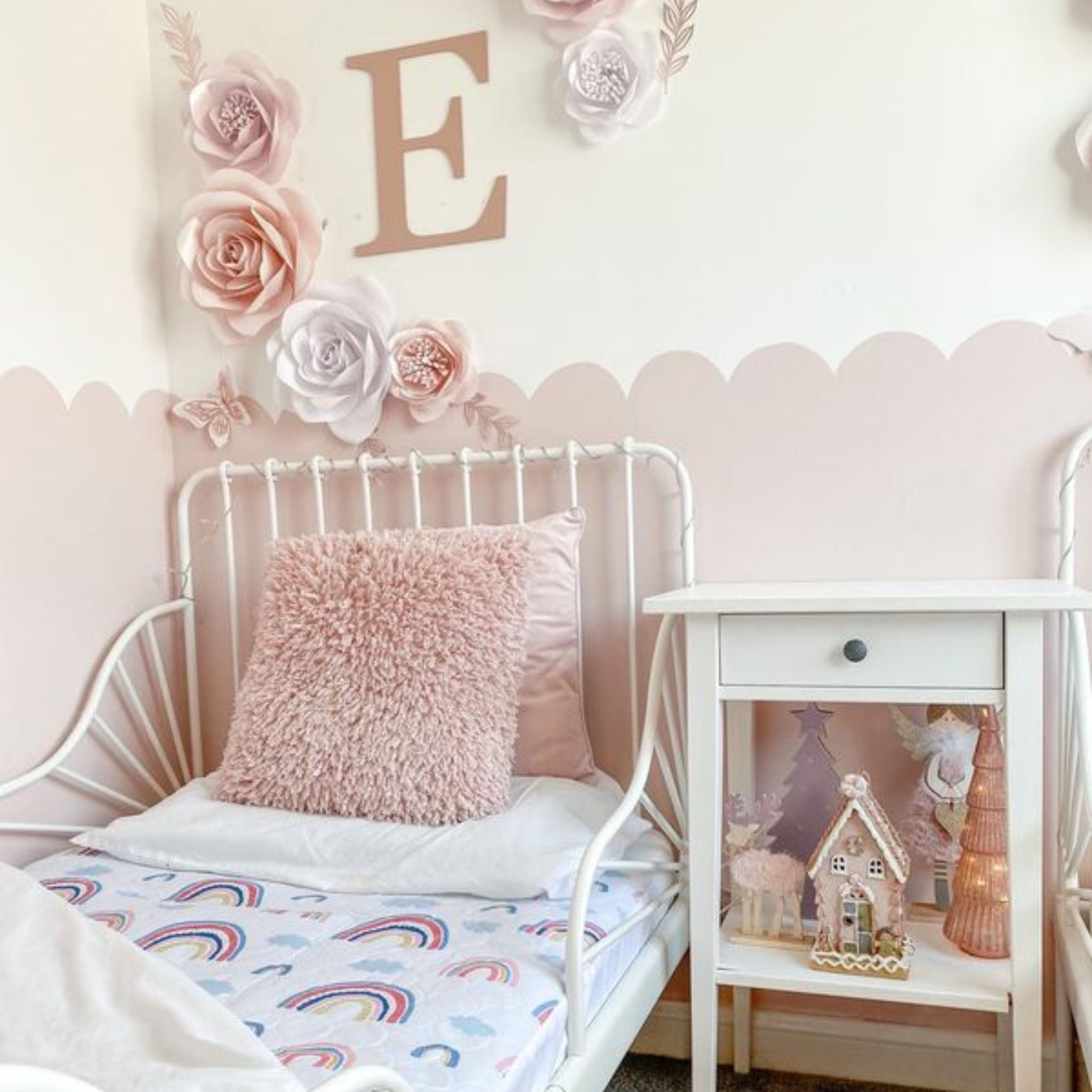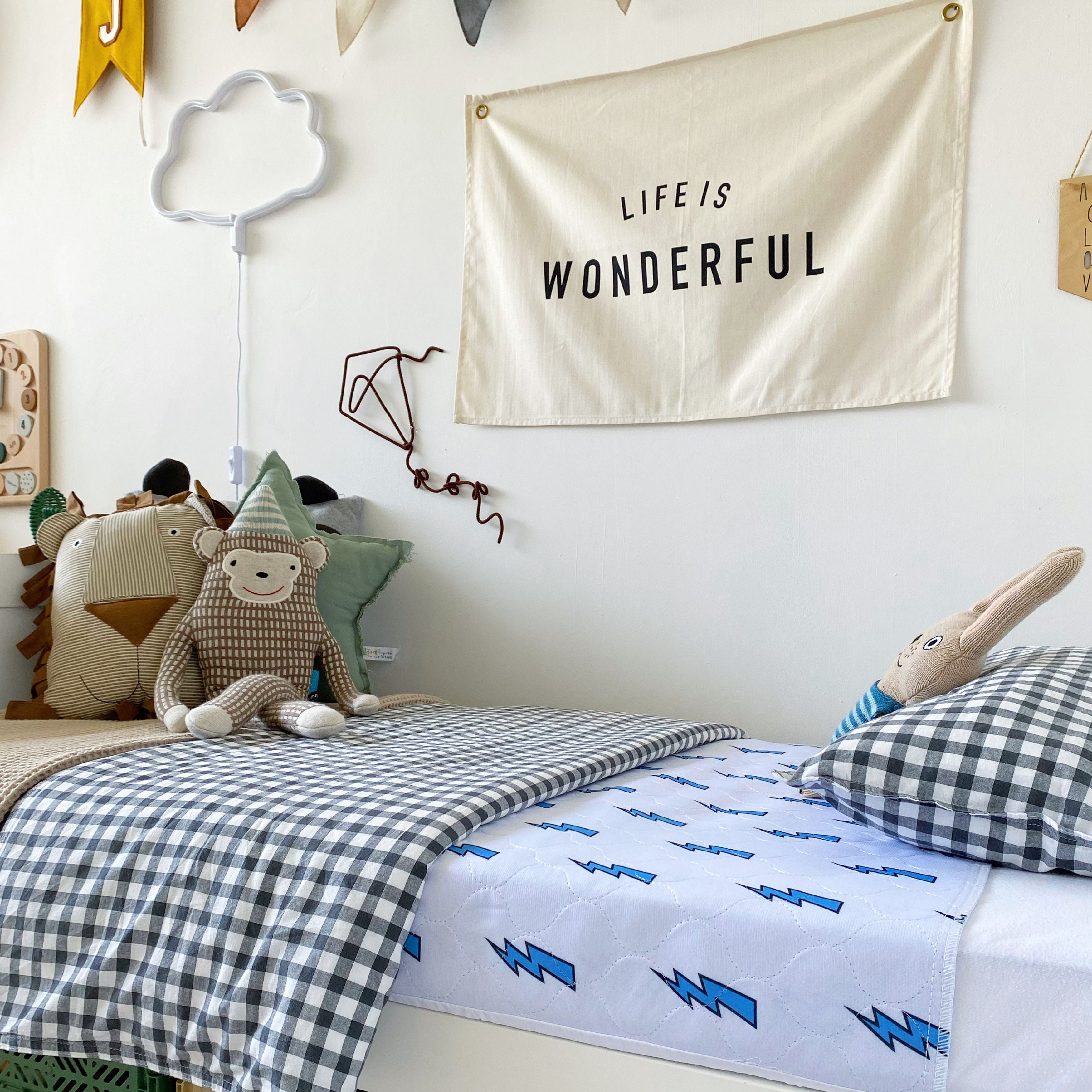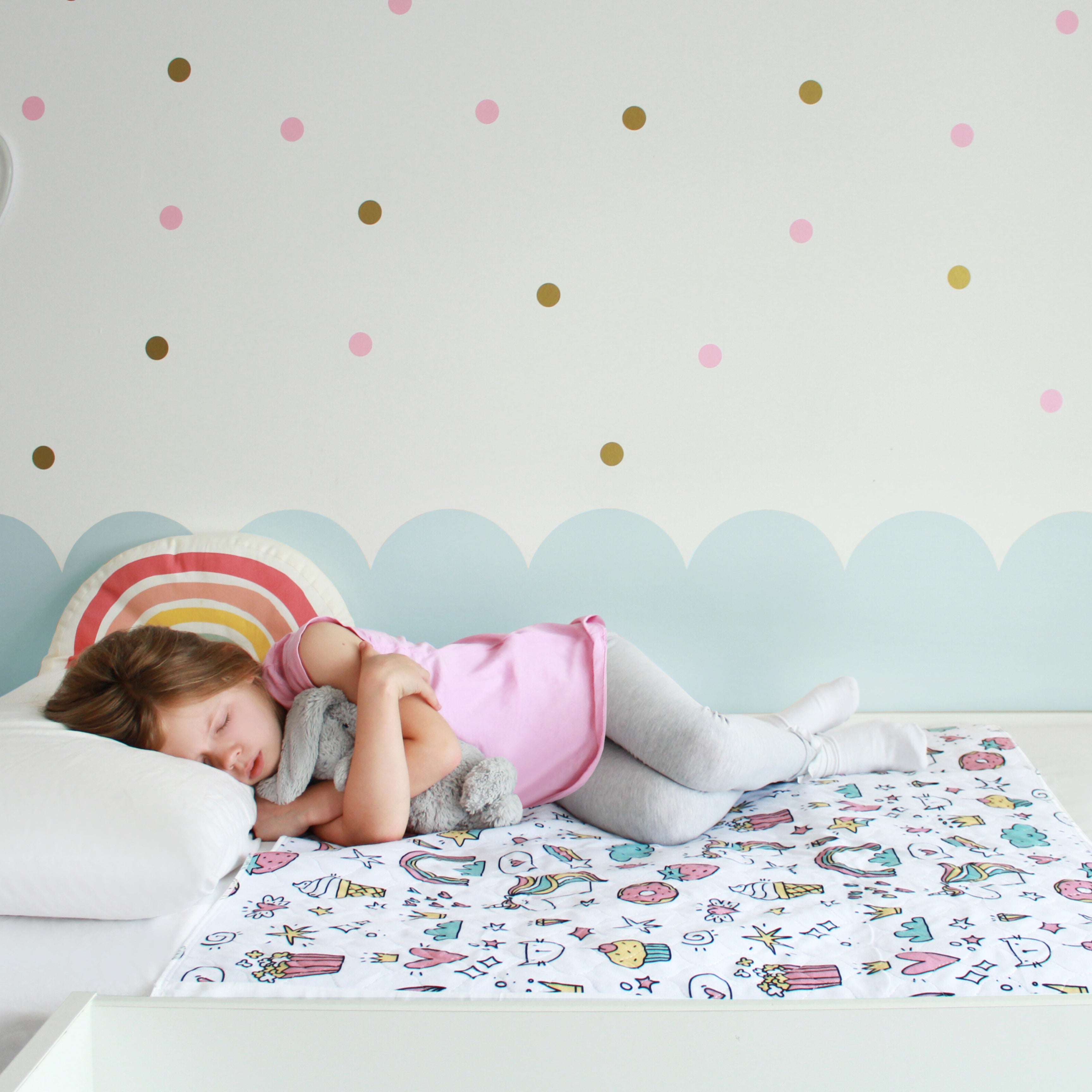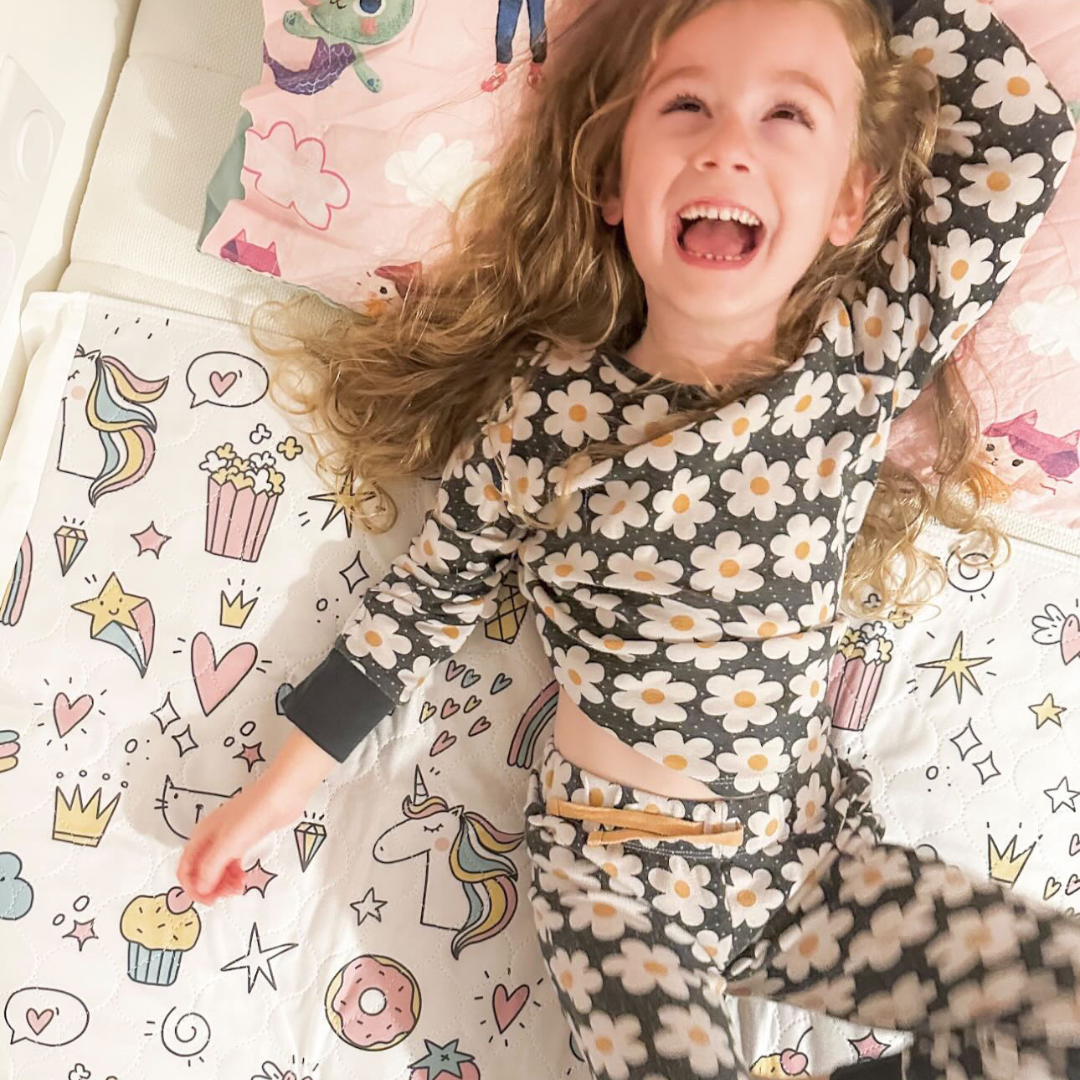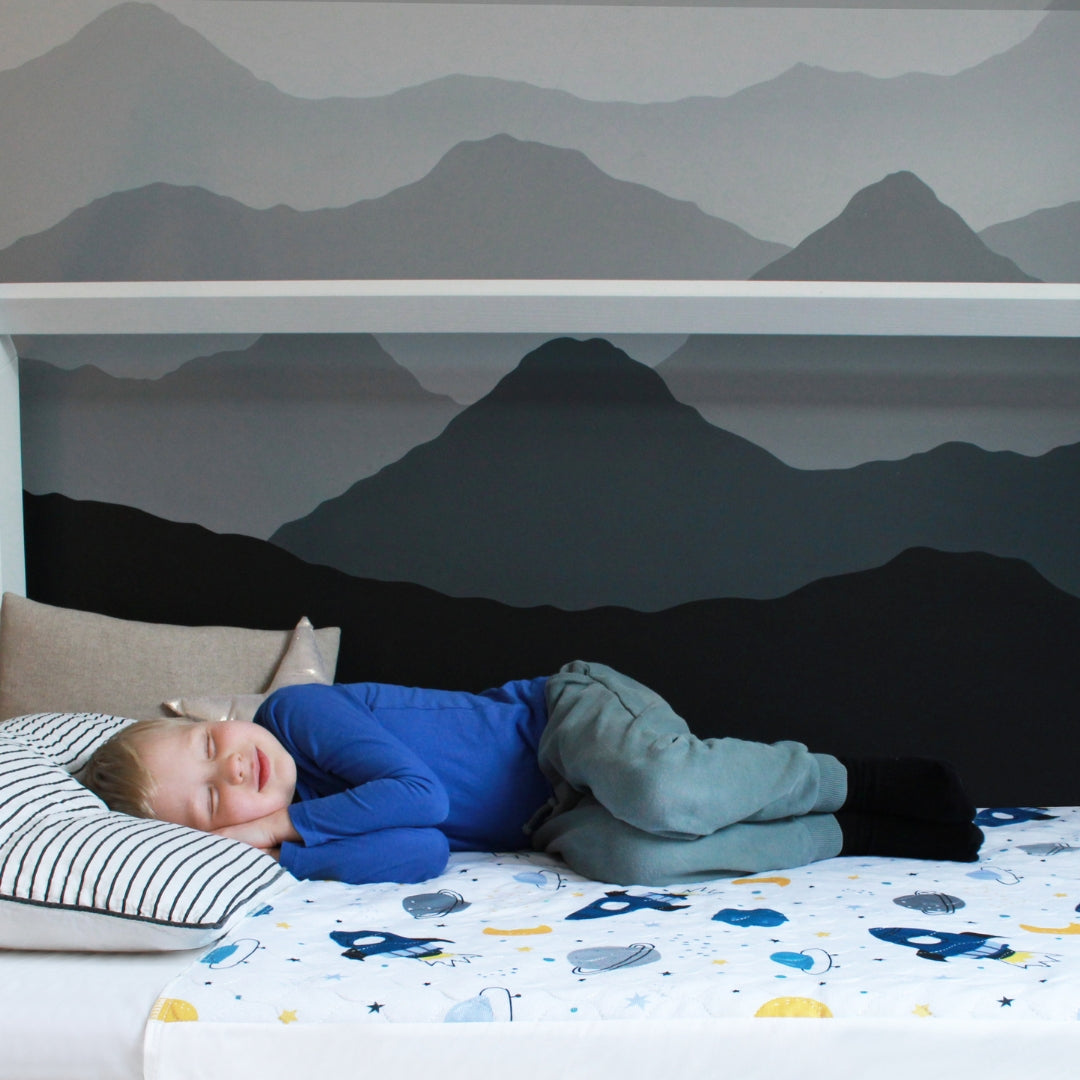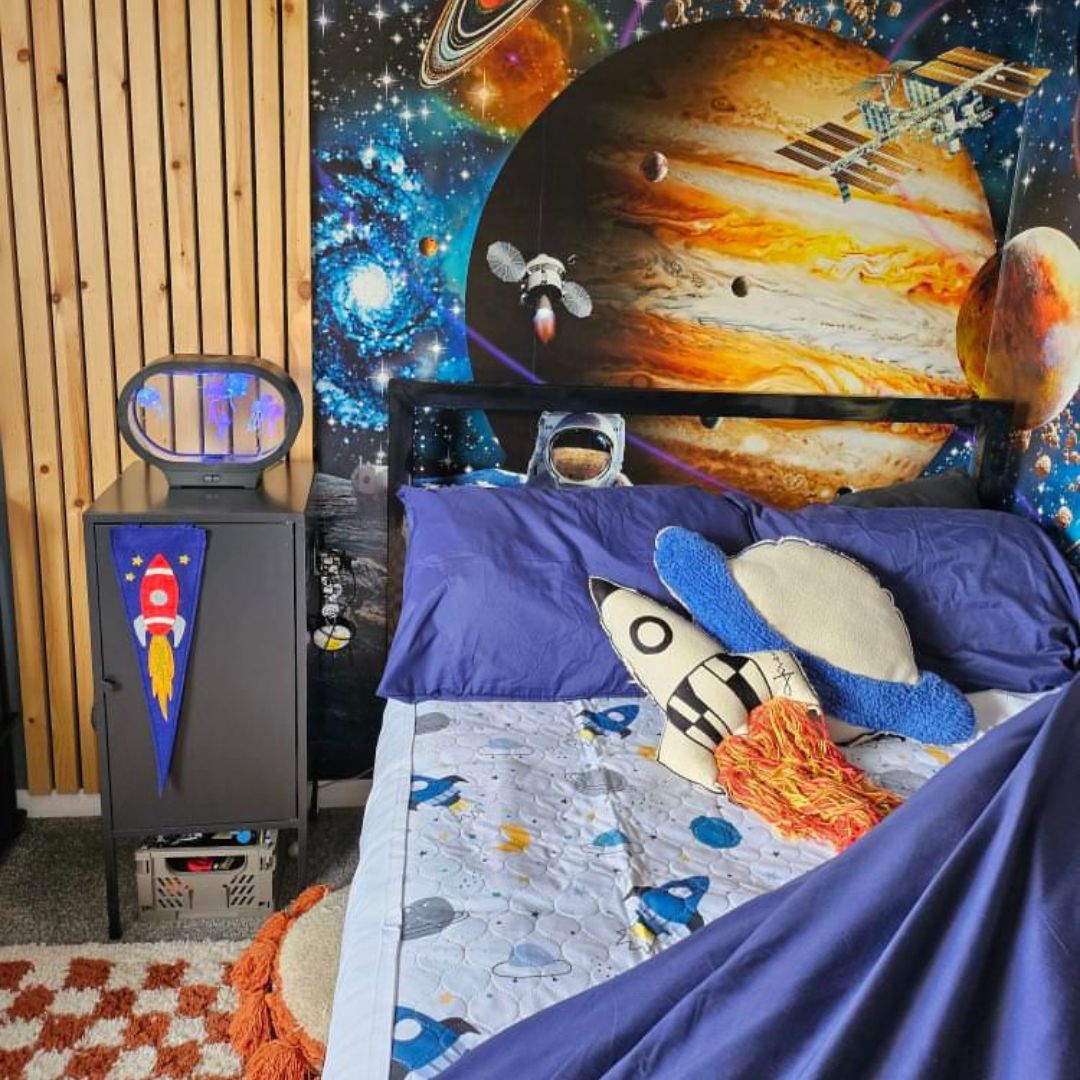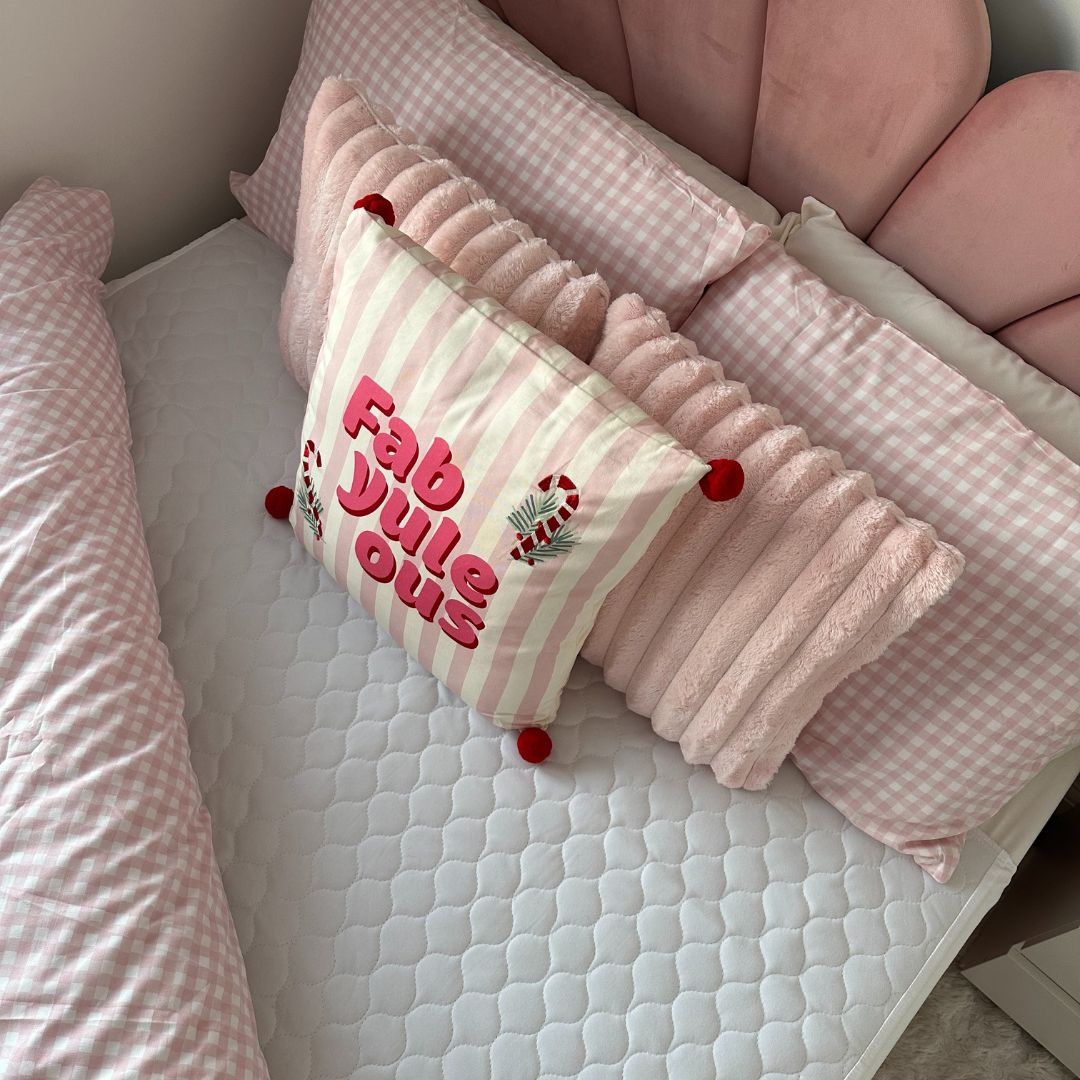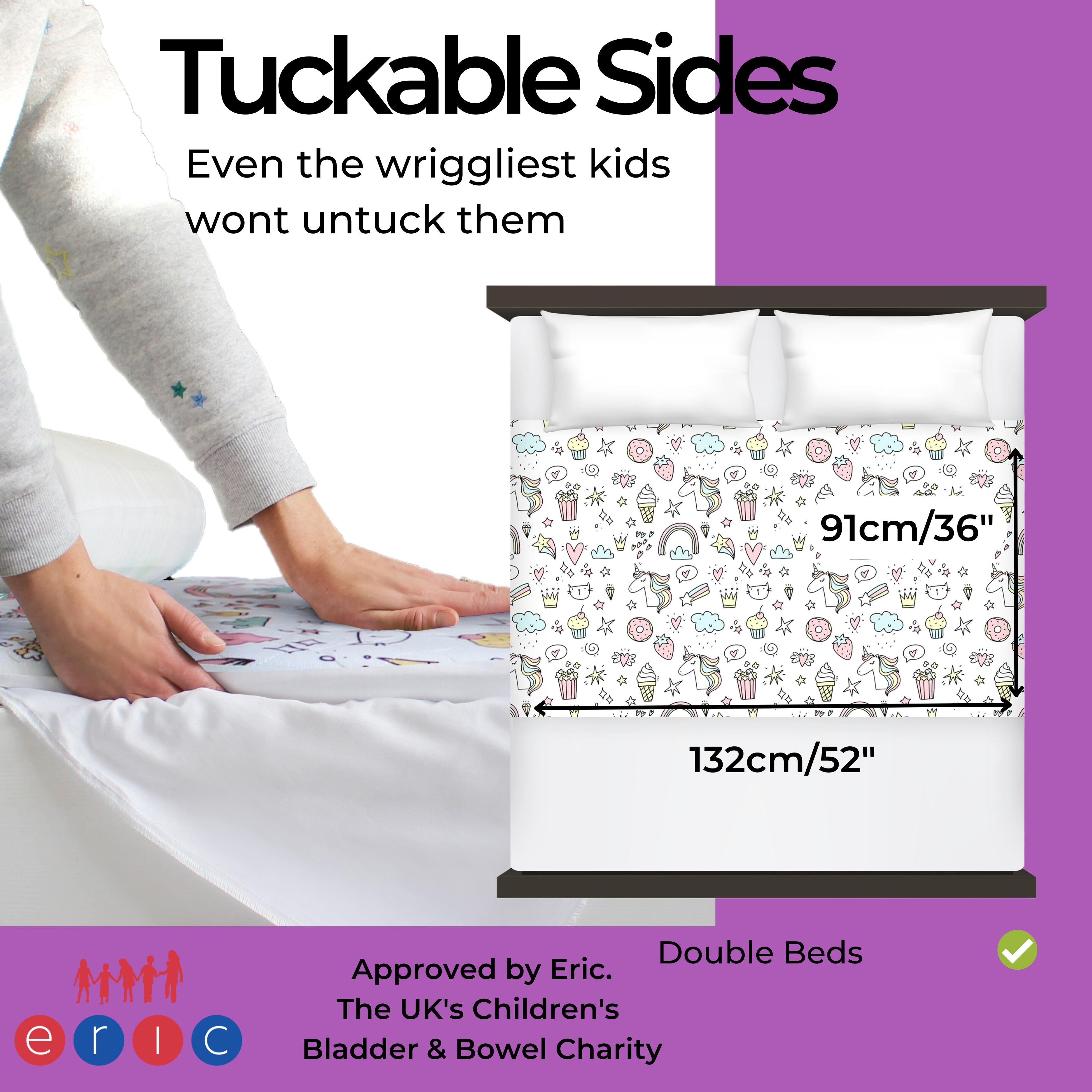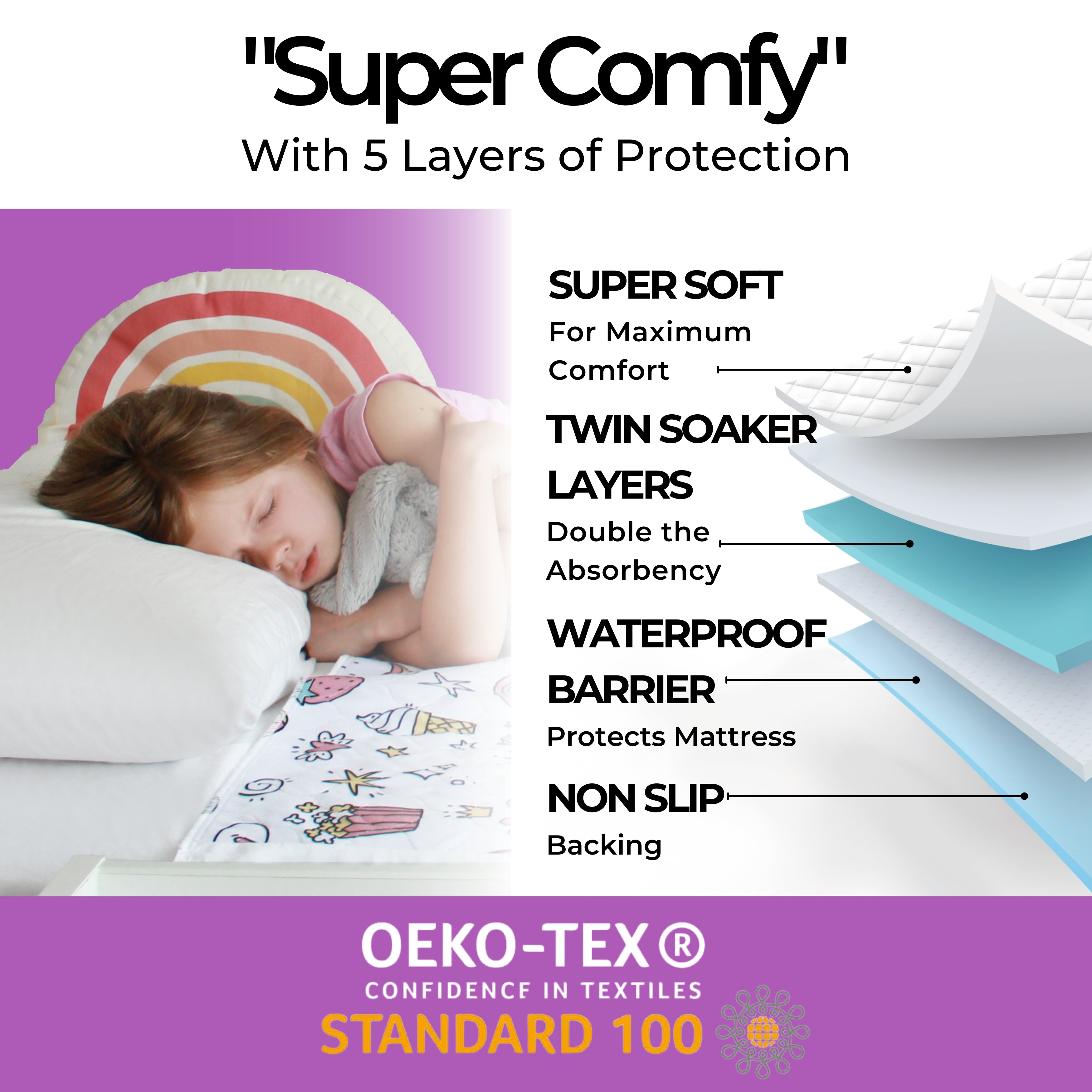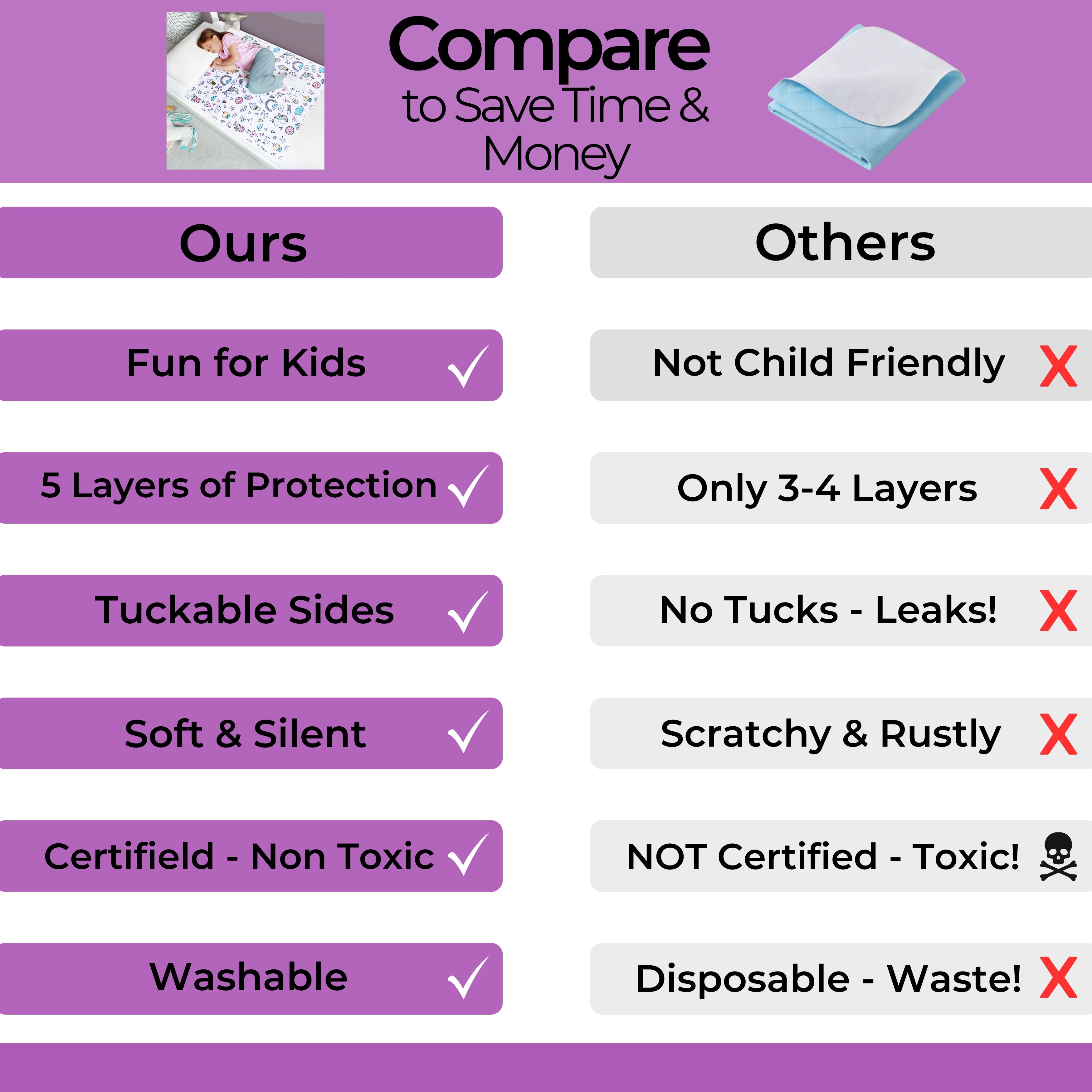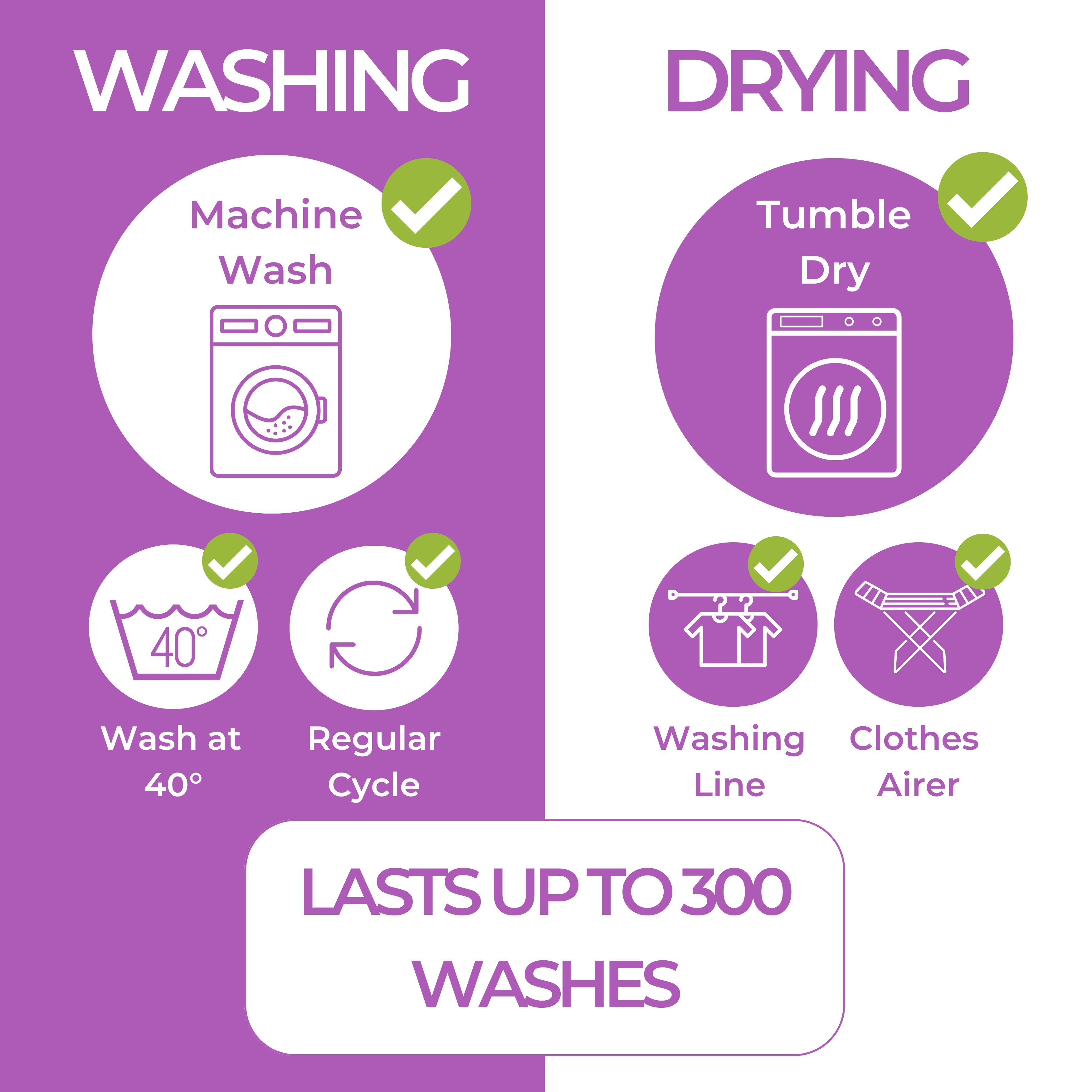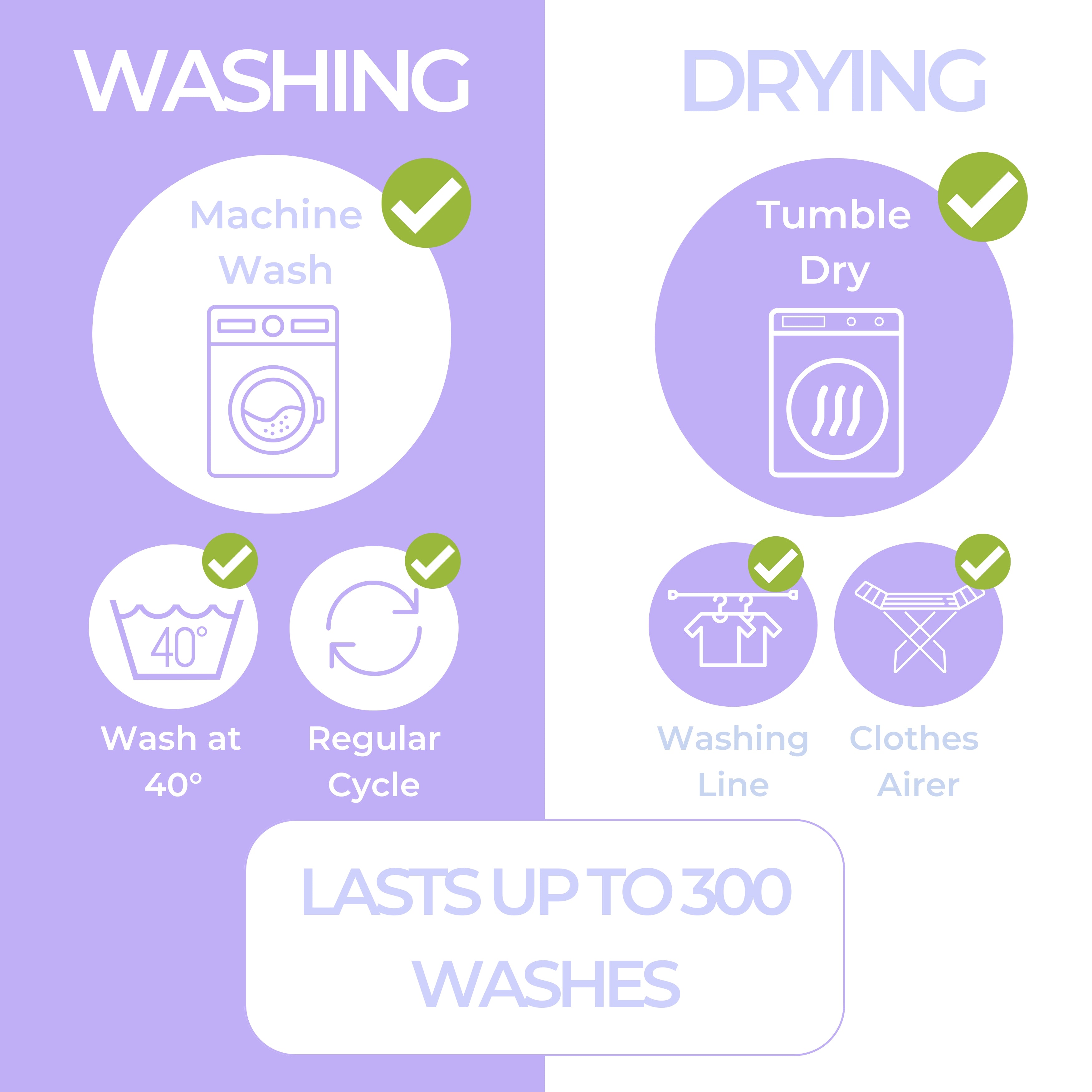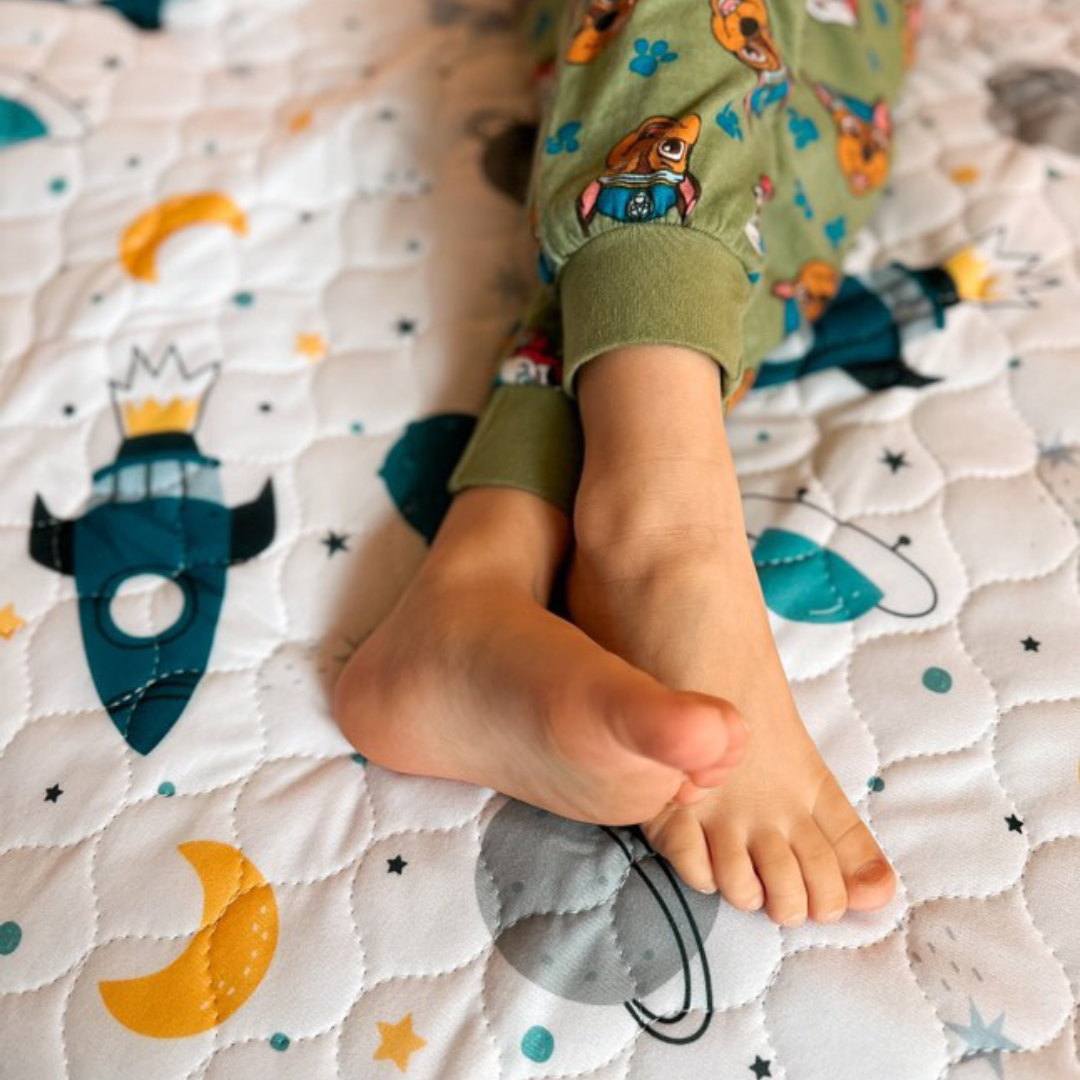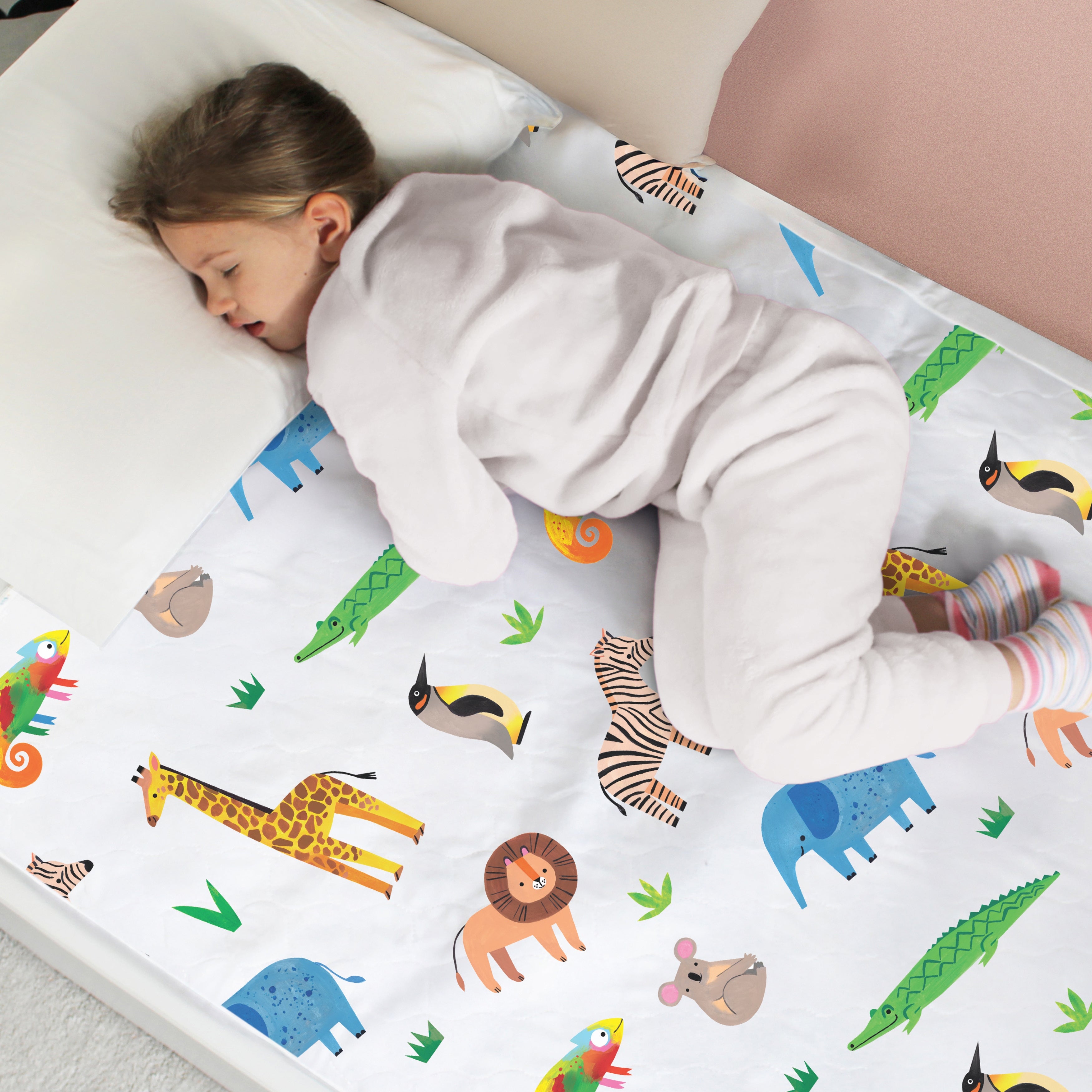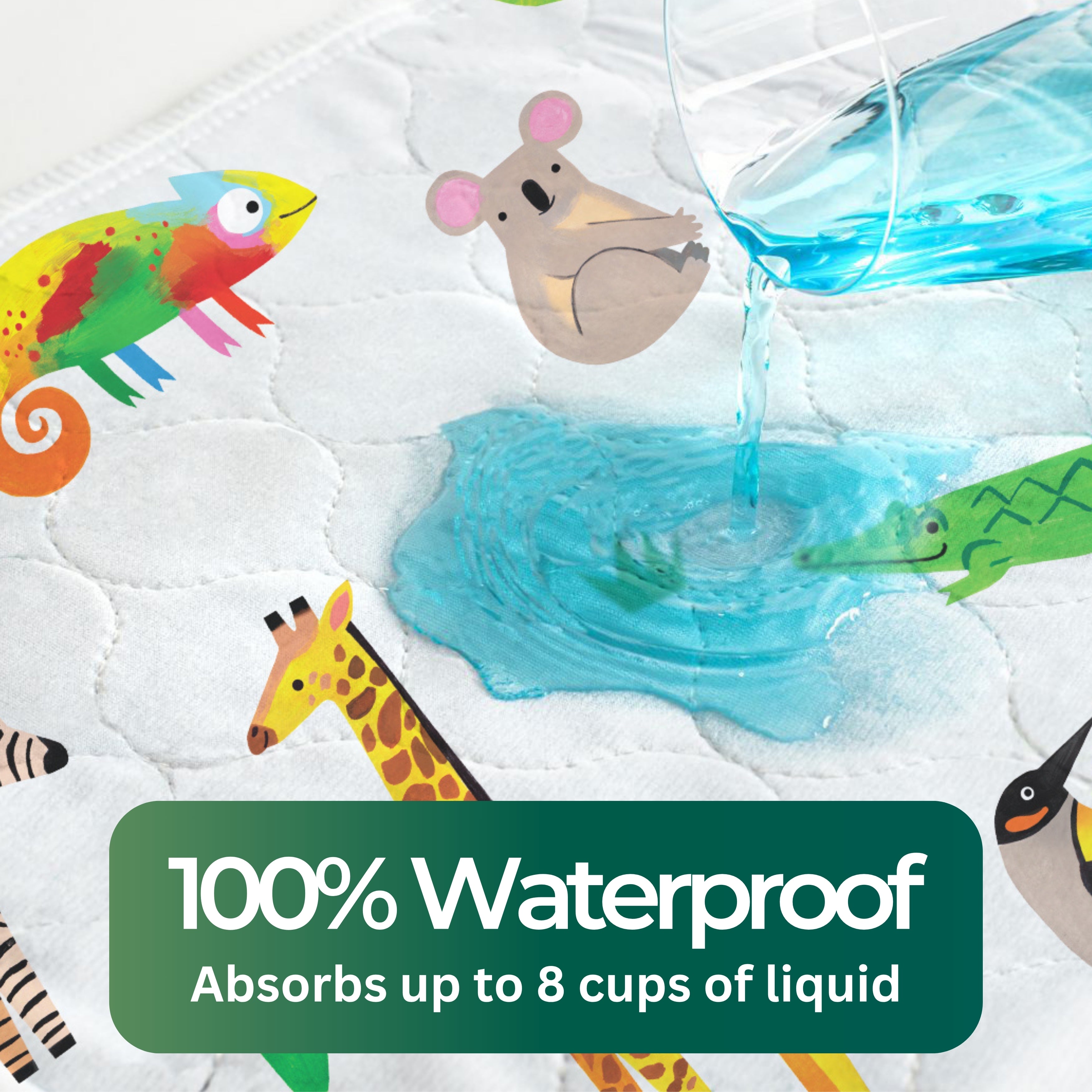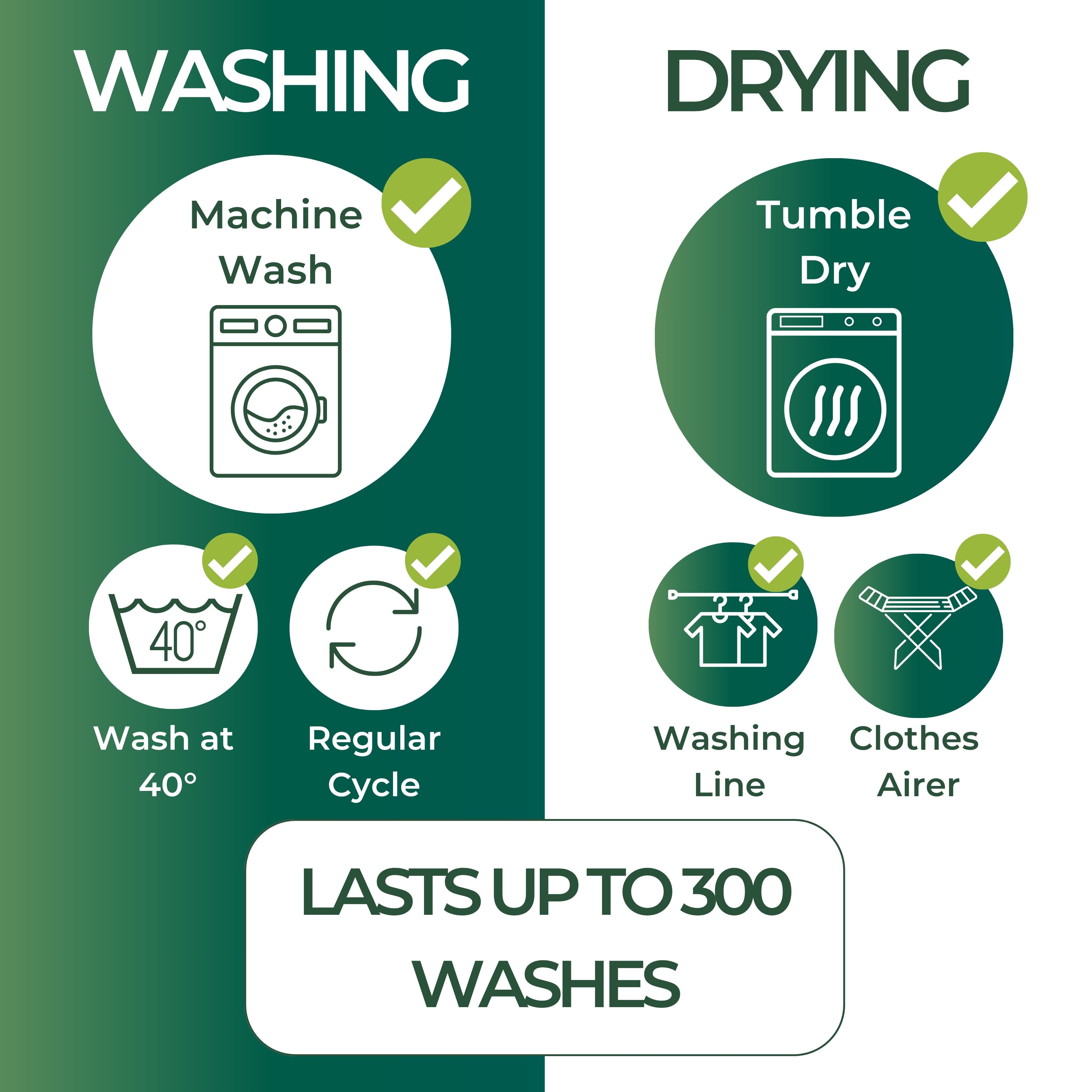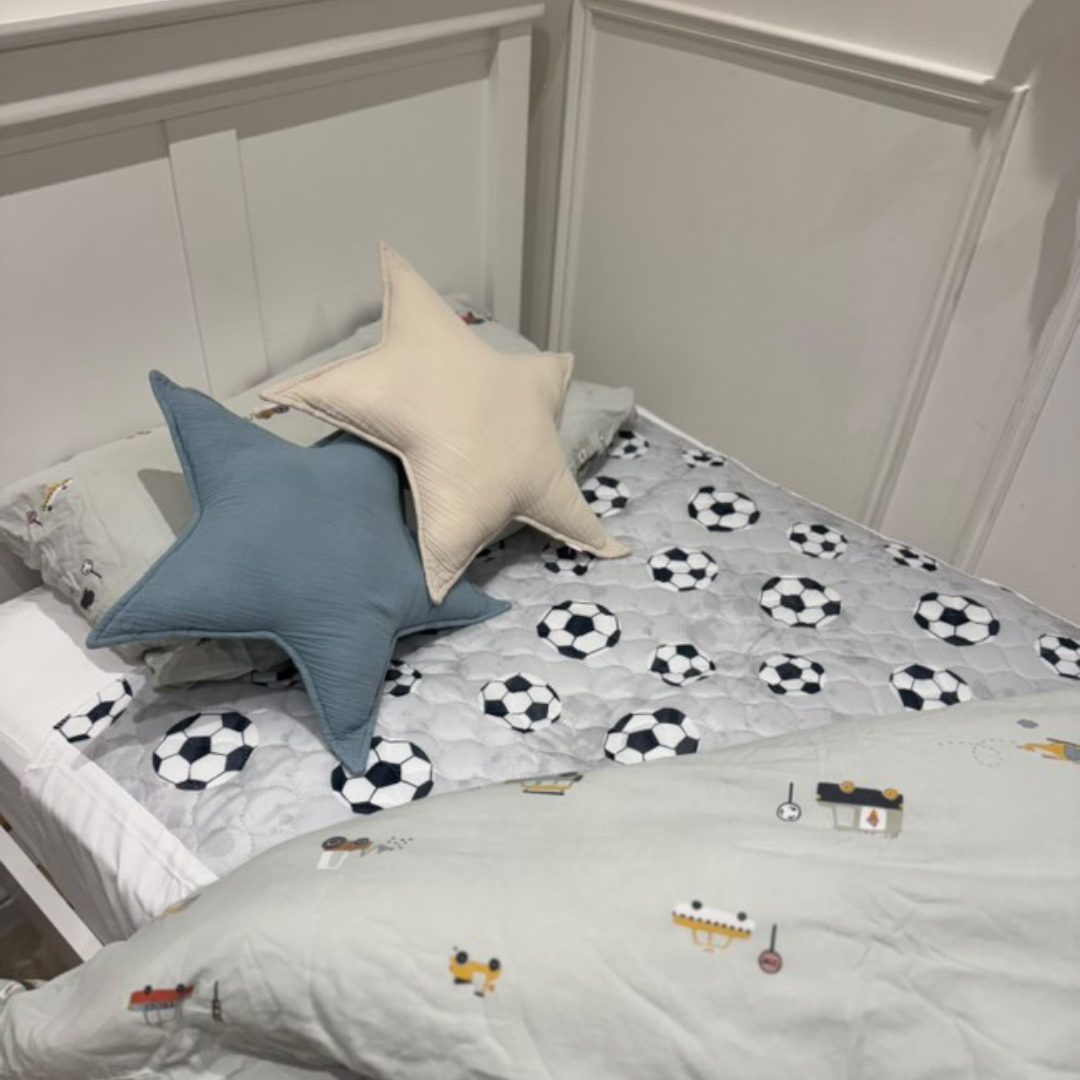When addressing your child's bedwetting, it is essential to consider whether constipation might be a contributing factor. Constipation can lead to bedwetting because a build-up of stool can put pressure on the bladder, making it difficult for your child to stay dry at night.
Understanding the Link Between Constipation and Bedwetting
During a recent Instagram Live, we spoke with Dr Kiley C. Gibbs from The Incontinent Child, who shed light on how toilet posture can impact constipation and, subsequently, bedwetting. Dr Gibbs explained:
“If we are sitting on the toilet and our knees are at the edge of the toilet and our feet are dangling, we can’t fully relax the pelvic floor muscles. There is a muscle called the ‘puborectalis muscle,’ which, if you are in the incorrect position when sitting on the toilet, puts a kink in the rectum, preventing all the stool from coming out and causing a backup.”
This insightful explanation highlights how improper toilet posture can contribute to constipation and, in turn, bedwetting. Ensuring your child adopts the correct posture while using the toilet can play a significant role in alleviating these issues.
Top Tips for Correct Toilet Posture
Here are some practical tips to help your child maintain the correct toilet posture, ensuring they can fully relax their pelvic floor muscles and empty their bowels effectively:
1. Support Your Child’s Feet and Bottom
Make sure your child's legs are not dangling while they are sitting on the toilet. Their feet should be firmly supported to help them maintain a relaxed posture. You can use a stool or a small step to provide this support.
2. Knees Higher Than Hips
When your child rests their feet on a stool, their knees should be higher than their hips. This "knees up, hips down" position helps straighten the rectum, allowing for easier bowel movements.
3. Encourage Patience
Ensure your child doesn't rush when having a bowel movement. Encourage them to sit for about five minutes to make sure they have emptied their bowels completely. Children are often eager to finish quickly and return to their activities, but patience is key to preventing constipation.
4. Use a Toilet Insert
Until your child's bottom is big enough to fit the toilet seat comfortably, use a toilet insert to reduce the size of the toilet opening. This will help them sit more securely and maintain the correct posture.
Implementing These Tips
Implementing these tips can make a significant difference in your child's bowel health and potentially reduce bedwetting incidents. Here’s how you can integrate these practices into your daily routine:
- Create a Supportive Environment: Place a stool or step in the bathroom so your child can comfortably rest their feet while using the toilet. Ensure the toilet insert is always in place to provide a secure seating position.
- Educate and Encourage: Explain the importance of taking their time on the toilet. Use gentle reminders and positive reinforcement to encourage them to sit for a few minutes, even if they feel they are done quickly.
- Monitor Progress: Keep an eye on your child's bowel movements and toilet habits. If constipation persists despite these adjustments, consult your GP or healthcare professional for further advice and possible treatments.
Why These Steps Matter
By adopting these simple yet effective measures, you can help your child develop healthy bowel habits, which can alleviate constipation and reduce the likelihood of bedwetting. Proper toilet posture ensures that the pelvic floor muscles and the puborectalis muscle can function correctly, preventing the build-up of stool that can pressure the bladder.
Additionally, creating a routine where your child takes the time to fully empty their bowels can establish lifelong healthy habits. These habits not only address immediate issues like bedwetting but also promote overall digestive health.
To further support your child’s nighttime dryness, consider using waterproof sheets to protect their bed while they work towards staying dry. A bedwetting alarm can also be a great tool for nighttime potty training, helping them recognise when they need to wake up to use the toilet. Additionally, a comforting nightlight can make bathroom trips less intimidating, encouraging independence during the night.
Conclusion
Understanding the link between toilet posture, constipation, and bedwetting can make a world of difference in managing and resolving bedwetting issues. By helping your child adopt the correct toilet posture, you enable them to relax their pelvic floor muscles, fully empty their bowels, and ease the pressure on their bladder.
Every child is unique, and progress may take time. Patience and consistency are essential. With the right support and guidance, your child can overcome these challenges and achieve dry nights.
For more tips and expert advice on managing bedwetting and improving toilet habits, follow us on Instagram and join our community of supportive parents.
Take care,
Catherine x

